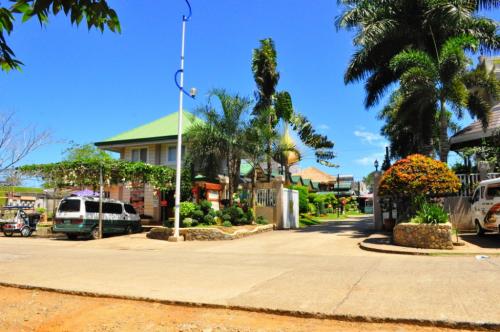It is a 1st class municipality in the province of Pampanga, Philippines.
According to the latest census, it has a population of 96,589 people in 15,541 households.
Candaba represents the lowest point in Central Luzon. It is noted for its wide and scenic swamps, the habitat of mudfish and catfish. The popular "burong isda", a distinct Kapampangan fermented delicacy, is made from catfish or mudfish produced in Candaba.
A verse from the kurírû above narrates how the sun god Ápûng Sínukûan, who in his incarnation as Carguen-cargon, formed the 30,000 hectare Pinák when he transferred Bunduk Aláya from Candába to the nearby town of
Aráyat. The inhabitants believed that Candába is as ancient as the gods portrayed in the kurírû.
Candába may have been the first and oldest settlement in the entire Kapampángan homeland. Ancient terrestrial navigation recognizes only two directions ~ paraláya or “going to Bunduk Aláya” and paráuâ (paróba) or “going to dáuâ or Kandáuâ” ~ suggesting that in the beginning, there was only Bunduk Aláya and Candába. Moreover, the oldest archaeological artifact ever found in the region was a 5000 year old stone tool used for building boats. Thousands of pottery shards dated before the existence of trade with China are scattered all over.
Candába may have originally been called Kandáua, where dáua was in ancient times a large earthen vessel used to catch rain water. The Spaniards originally wrote the name of the town as Candáva where the letter “v” was supposed to be read as “w” instead of “b”. Candába becomes exactly like a dáua during the rainy season. Some historians however, seeing themselves better off for being more westernized than the proudly indigenous Candabéño had suggested that Candába was derived from dáuâ, the Kapampángan word for millet ~ a grain they considered inferior to rice ~ and therefore suggesting that the people of Candába were as backward as they were ancient. But Candába has always proven itself very progressive economically, politically and culturally since ancient times.
Source:
